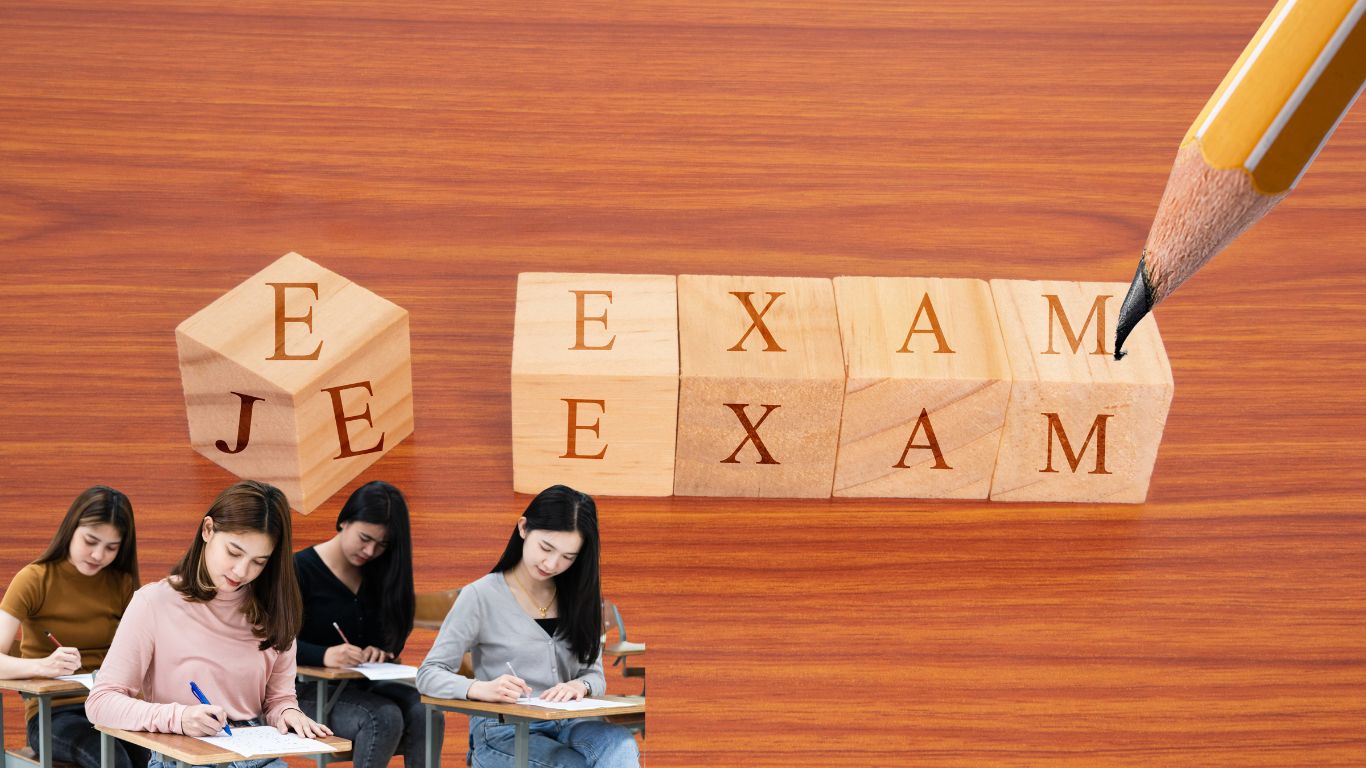
A Complete Guide to JEE (Joint Entrance Examination) for Aspiring Engineers
- Posted by sahityaschool
- Categories General
- Date February 12, 2025
Introduction
The Joint Entrance Examination (JEE) is one of India’s most competitive exams, serving as the gateway to prestigious engineering institutes such as IITs, NITs, IIITs, and other top engineering colleges. The exam is conducted by the National Testing Agency (NTA) and comprises two levels:
- JEE Main – For admission to NITs, IIITs, and other centrally funded institutions.
- JEE Advanced – For admission to the IITs (only the top JEE Main qualifiers are eligible).
This guide covers the complete JEE procedure, eligibility, syllabus, exam pattern, preparation tips, and counseling process to help students navigate their journey efficiently.
1. Understanding JEE Main and JEE Advanced
JEE Main
JEE Main is the first step toward securing a seat in premier engineering colleges. It consists of two papers:
- Paper 1 – For B.E./B.Tech courses
- Paper 2 – For B.Arch and B.Planning courses
The exam is held twice a year (January and April) in online mode (CBT – Computer Based Test).
JEE Advanced
Only the top 2,50,000 candidates from JEE Main are eligible for JEE Advanced. This exam is conducted once a year and is required for admission into IITs. The exam pattern changes every year but generally includes two papers, both of which are compulsory.
2. Eligibility Criteria
To appear for JEE, students must fulfill the following criteria:
For JEE Main:
✅ Passed 10+2 or equivalent examination in the current or previous year.
✅ No age limit.
✅ Can attempt the exam a maximum of six times (two attempts per year, for three consecutive years).
For JEE Advanced:
✅ Must be among the top 2,50,000 candidates in JEE Main.
✅ Maximum of two attempts in consecutive years.
✅ Must have completed Class 12 in the current or previous year.
✅ Should not have been admitted to an IIT previously.
3. Exam Pattern and Syllabus
JEE Main Exam Pattern
| Subjects | Questions (MCQs & Numerical) | Marks |
|---|---|---|
| Physics | 30 | 100 |
| Chemistry | 30 | 100 |
| Mathematics | 30 | 100 |
| Total | 90 | 300 |
JEE Advanced Exam Pattern
JEE Advanced has two papers with variable question formats:
- Multiple-choice questions (MCQs)
- Integer-type questions
- Match the following
- Comprehension-based questions
Syllabus:
Both exams cover Physics, Chemistry, and Mathematics, with topics from Class 11 & 12. Some key topics are:
- Physics: Kinematics, Thermodynamics, Electrostatics, Modern Physics
- Chemistry: Organic, Inorganic, Physical Chemistry
- Mathematics: Algebra, Calculus, Coordinate Geometry, Trigonometry
4. How to Apply for JEE?
The application process for JEE is conducted online through the NTA website (jeemain.nta.nic.in).
Steps to Apply for JEE Main:
- Registration: Visit the official website and complete the registration using basic details.
- Fill the Application Form: Enter academic and personal details.
- Upload Documents: Upload scanned copies of photographs, signature, and certificates (if required).
- Fee Payment: Pay the application fee online through debit/credit card, net banking, or UPI.
- Confirmation: Download the confirmation page for future reference.
For JEE Advanced, eligible candidates need to register separately on the IIT website after JEE Main results.
5. Preparation Strategy for JEE
1. Create a Study Plan
- Allocate time for each subject daily.
- Revise regularly and take notes for quick reference.
2. Use the Right Study Material
- NCERT textbooks (Physics, Chemistry, Mathematics)
- Standard books like HC Verma (Physics), OP Tandon (Chemistry), and RD Sharma (Mathematics)
3. Take Mock Tests and Solve Previous Year Papers
- Attempt online mock tests to get familiar with the exam pattern.
- Solve at least 10 years’ worth of previous JEE papers.
4. Focus on Time Management
- Practice solving problems within the stipulated time.
- Avoid spending too much time on a single question.
5. Stay Consistent and Healthy
- Take breaks to avoid burnout.
- Maintain a balanced diet and get adequate sleep.
6. Admit Card and Exam Day Guidelines
- The JEE Main Admit Card is released a few weeks before the exam on the NTA website.
- Candidates must carry:
✅ Admit Card
✅ A Valid ID Proof
✅ A Passport-size Photograph
✅ A Transparent Ballpoint Pen
Exam Day Tips:
- Reach the exam center at least an hour early.
- Follow COVID-19 and exam regulations strictly.
- Manage time effectively during the exam.
7. JEE Result and Rank Calculation
JEE Main Results:
- The NTA releases results on jeemain.nta.nic.in based on percentile scores.
- The All India Rank (AIR) is used for college admissions.
JEE Advanced Results:
- Scores are based on normalized marks from both papers.
- A rank list is published for IIT admissions.
8. Counseling and Admission Process
Once results are declared, candidates participate in the JoSAA (Joint Seat Allocation Authority) counseling process for admissions into IITs, NITs, IIITs, and GFTIs.
Steps in JoSAA Counseling:
- Registration: Register on josaa.nic.in
- Choice Filling: Select preferred colleges and courses.
- Seat Allocation: Based on JEE rank, category, and seat availability.
- Document Verification: Submit required documents at allotted colleges.
- Final Admission: Pay fees and report to the institute.
9. Alternative Options for Engineering Aspirants
If you do not qualify for JEE Advanced or secure a seat in desired institutes, consider:
✔ State-level engineering entrance exams (e.g., MHT-CET, KCET, WBJEE)
✔ Private university entrance exams (e.g., BITSAT, VITEEE, SRMJEEE)
✔ Direct admissions via management quota in private colleges
Conclusion
The JEE exam is challenging but with proper planning, dedication, and perseverance, you can crack it. Focus on conceptual clarity, problem-solving skills, and regular practice. Stay motivated, seek help from teachers or coaching institutes if needed, and maintain a positive mindset.
Remember, engineering is not just about clearing JEE but about building a strong foundation for your future career.
Best of luck for your JEE journey! 🚀
You may also like

Teachers’ Responsibilities in Educating Present-Generation Students



